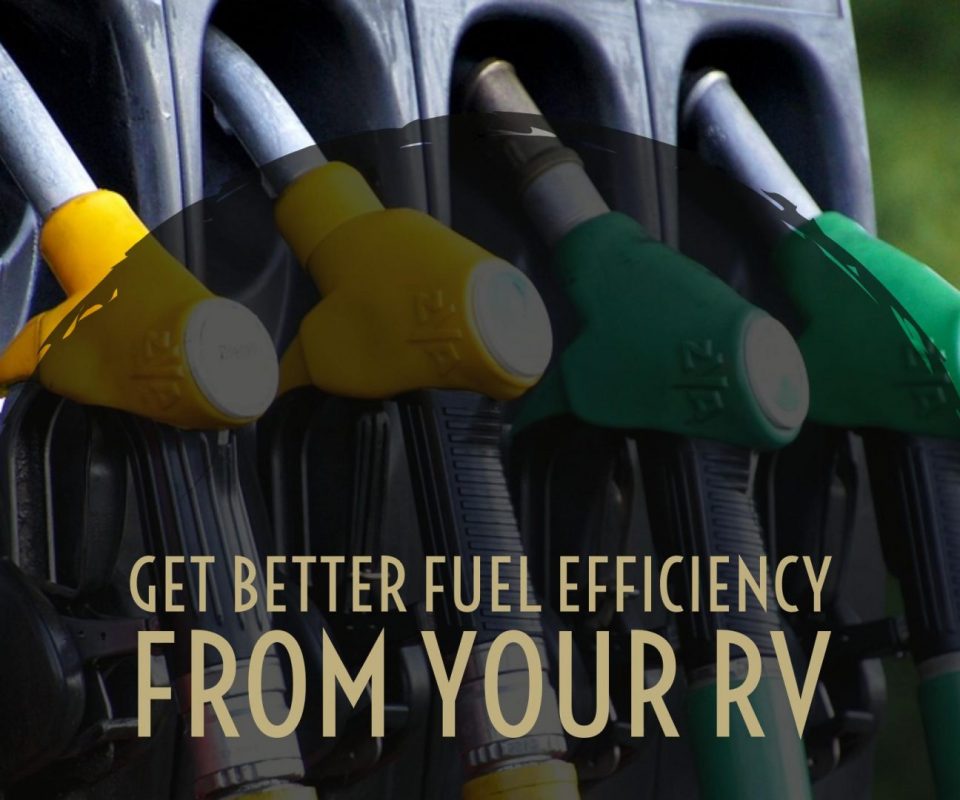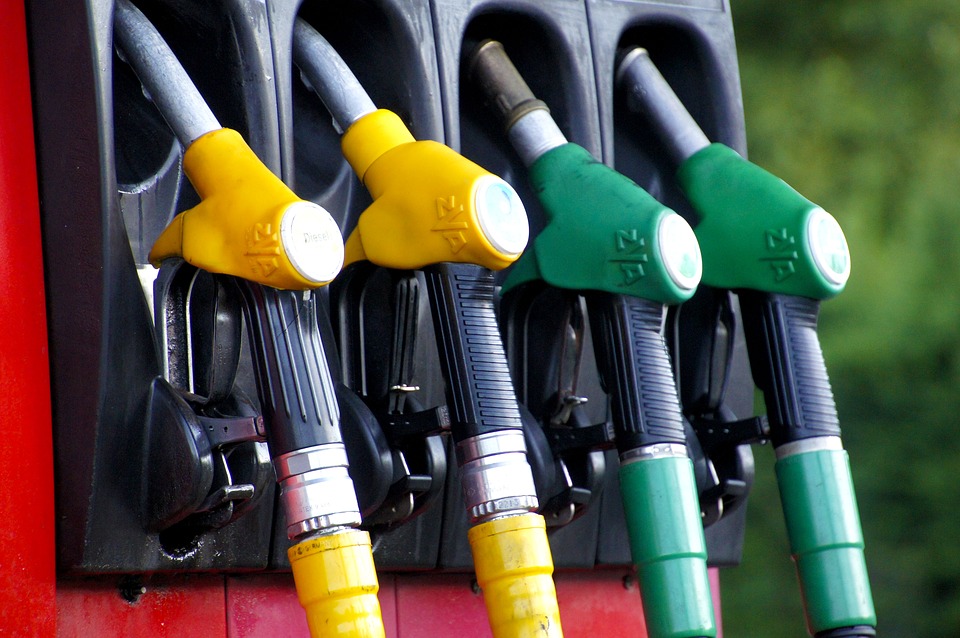12 Ways to Improve Your RV’s Fuel Efficiency
RVs are perfect for road trips, but they can consume a lot of fuel. Fortunately, there are steps you can take to improve your RV’s fuel efficiency. Here are 12 tips to help you get more out of the fuel you buy.

1. Maintain the Correct Tire Pressure
Check your tire pressures and inflate your tires, if necessary. You can find the recommended tire pressures for your RV in your owner’s manual or on the inside of the driver’s door. Inflating your tires to the recommended level can increase your fuel efficiency by up to three percent.
2. Travel Light
Avoid carrying items you don’t need. Fuel economy decreases by about two percent for every 100 pounds of weight in your RV.
3. Streamline Your RV
Avoid using roof-racks and boxes, which can add wind resistance and thus increase your fuel consumption. If you need to use them, load them wisely to reduce drag.
4. Observe the Speed Limit
Keep your speed below the maximum speed limit for the road you’re driving on. Observing the speed limit helps you conserve fuel and gives you time to scan the road ahead, helping you drive more smoothly.
5. Turn Off Your Air Conditioning
Turn off your air conditioning if you don’t need it. Running the air conditioning can put a strain on your engine and increase your fuel consumption, particularly when you’re traveling at a slow speed.
6. Change Your Air Conditioner’s Filters
Replace your air conditioner’s filters at the proper intervals. Changing your filters can increase your fuel economy by up to ten percent.
7. Schedule Regular Services
Schedule periodic maintenance checks with an RV service technician. You can find the recommended service schedule for your RV in your RV handbook. Regular maintenance helps prolong the life of your RV and improve its fuel economy.
8. Maintain a Steady Speed
If your RV has cruise control, consider using it for highway driving. Maintaining a steady speed helps reduce your fuel consumption and carbon emissions.
9. Check Your Oil Level
Check your oil level is between the maximum and minimum marks on the dipstick. If the oil level is low, use the recommended grade of synthetic motor oil to top it up to the maximum mark. Keeping your oil at the recommended level helps improve the efficiency of your engine.
10. Avoid Rough Roads
Plan your trip to avoid rough roads. Driving on rough roads increases your fuel use and carbon emissions.
11. Scan the Road Ahead
Scan the road ahead to monitor activity to the front, rear and sides of your vehicle. Effective scanning can help you anticipate hazards more accurately and avoid unnecessary braking and acceleration, which can increase your fuel use.
12. Avoid Idling
Turn off your engine whenever you’re stationary for more than a few minutes. You should also plan your trip carefully to avoid idling in rush hour traffic. Avoiding idling can help reduce your fuel costs and prolong the life of your engine.
Improving your RV’s fuel efficiency is easier than you might think. By following these steps, you can save on fuel and improve your gas mileage on your next RV trip.
If you’re planning a road trip and you’re looking for a place to stay, don’t forget to check out our luxury RV resorts in Texas. With well-maintained grounds and high-end amenities, you’ll be sure to enjoy a pleasant stay.
